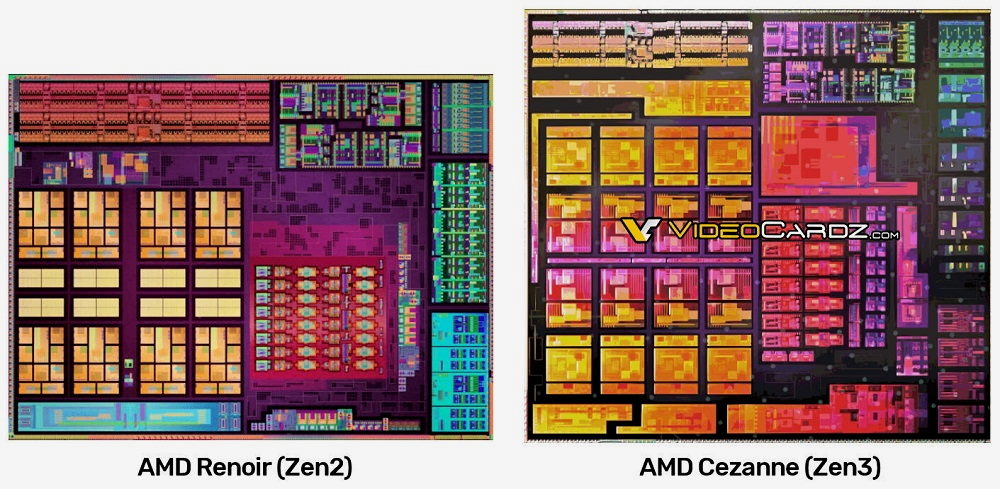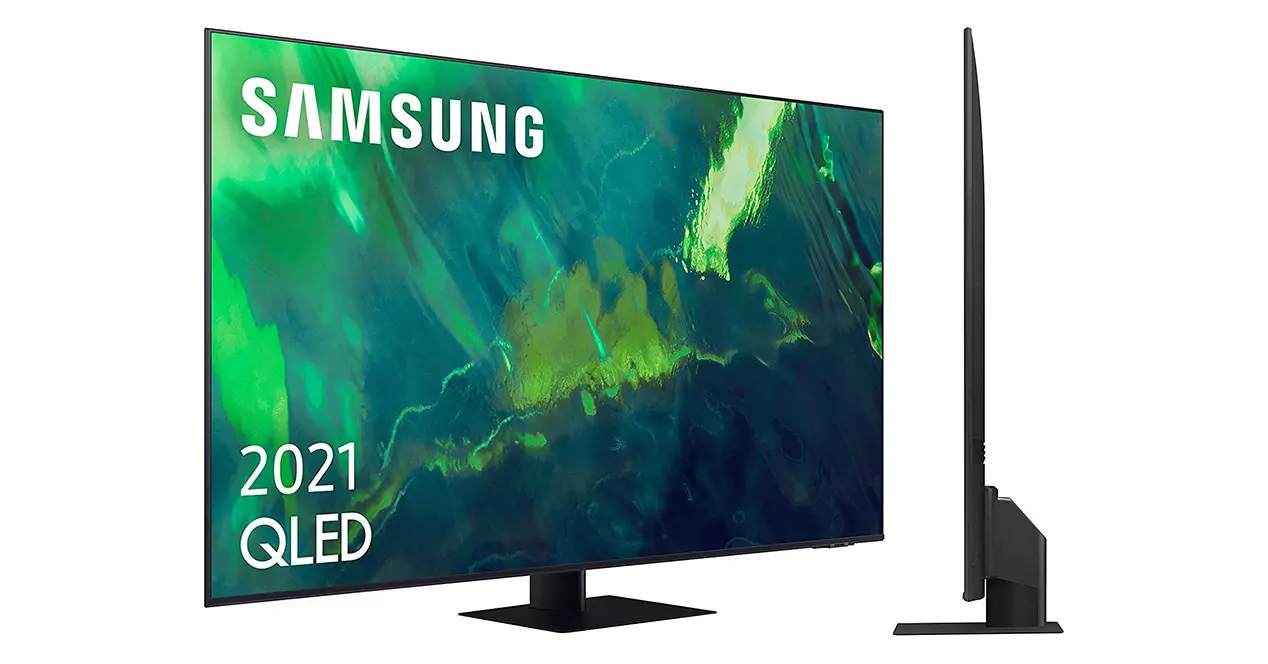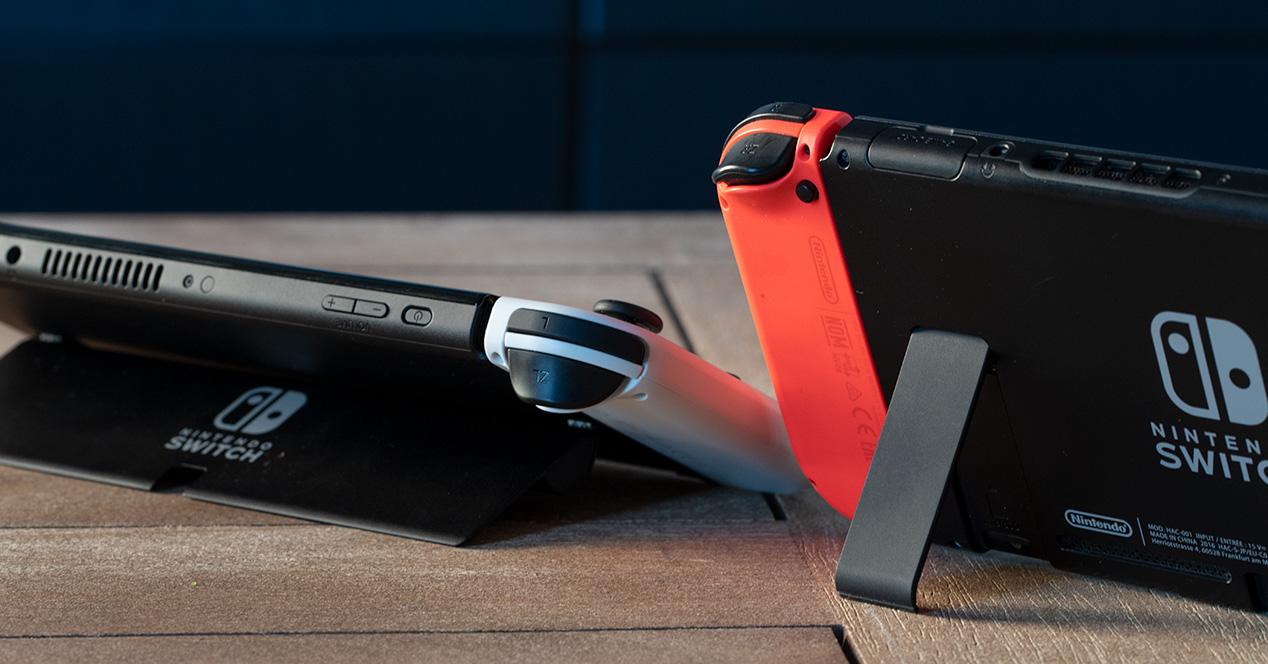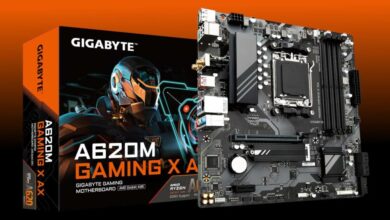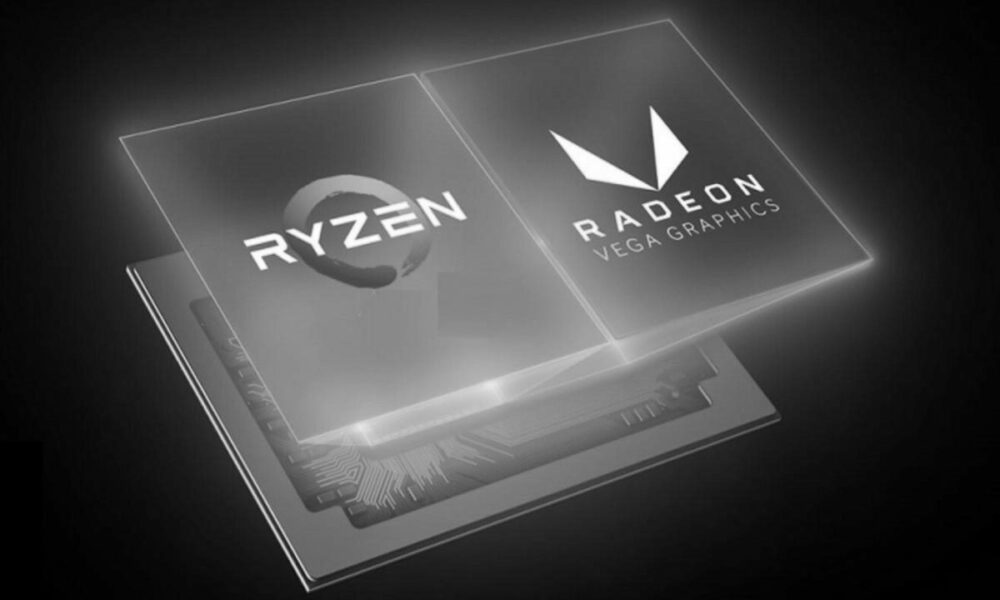
The Sunnyvale company decided to respond to the arrival of Alder Lake-S with new budget mid-range and low-end Zen 2 and Zen 3 processors. Among the new models launched, the Ryzen 5 5500 generated a lot of interest, a chip that is based on the Zen 3 architecture and that maintains the count of 6 cores and 12 threads. However, when we compare it to the Ryzen 5 5600 we realize that its performance is noticeably lowerand this has generated many doubts among consumers, who do not fully understand why this happens.
The truth is that the explanation is simpler than it seems. AMD has two CPU-level core designs that it currently uses, monolithic designpresent in the company’s APUs, and the MCM design, based on the chiplet and used in the rest of their products. In the first case, we find an architecture in which CPU and GPU share packageor, which reduces the space available at the silicon level and limits the amount of L3 cache that AMD is able to mount.
By contrast, in the second case we have only one CPU mounted on a chiplet that shares encapsulation with a larger amount of L3 cache, and that can be interconnected with other chiplets to scale in configurations of up to 64 cores and 128 threads. The monolithic core design can have up to 16MB of L3 cachewhile the LCM design adds 32 MB of L3 cache per core.
With this clear, I think it is evident where the problem is. The Ryzen 5 5500 is a Radeon 5600G APU with the GPU disabled, meaning it uses that monolithic core design and only has 16MB of L3 cache, while the Ryzen 5 5600 uses the chiplet-like design and has 32MB of L3 cache. That difference in caches makes such a difference that the Ryzen 5 5500 ends up falling well short of the Ryzen 5 5500.
The Ryzen 5 5500 performs at the level of a Ryzen 5 3600
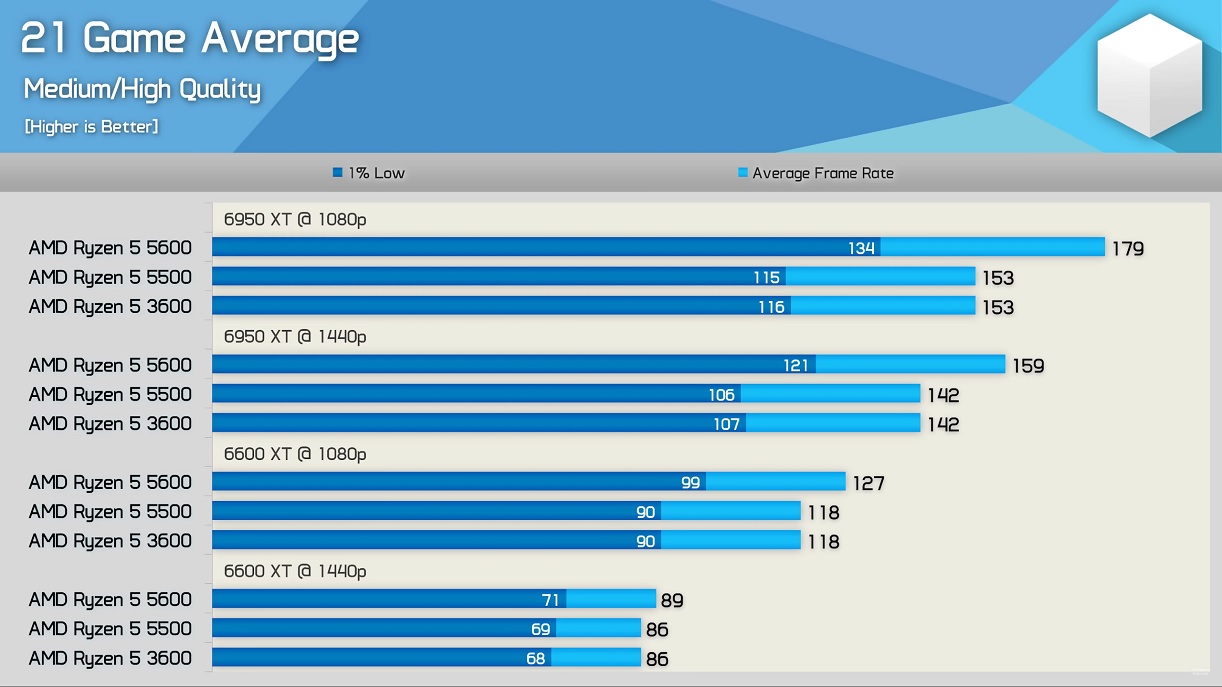
Ryzen 5 5500 Performance (Hardware Unboxed)
The Hardware Unboxed tests are very clear in this regard, and they fit with all the performance comparisons that I have been able to read in other trusted media. I’m not surprised, in fact they fall within the expected, since we all know how important it was for AMD jump from the 16 MB of L3 cache that the Ryzen 1000 and 2000 had to the 32 MB of L3 cache with the Ryzen 3000 series. This increase in the cache was one of the main reasons for the significant increase in the IPC in this generation of processors.
Although the performance difference between the Ryzen 5 5500 and the Ryzen 5 5600 is great, the truth is that the price difference between the two is so well tuned which makes the former make a lot of sense, especially for those who want to build a cheap but powerful gaming PC, and also for those who need to upgrade their rig but have a modest budget and don’t want to have to change the motherboard.
The Ryzen 5 5500 is priced at 139.98 euros, while the Ryzen 5 5600 is around 212 euros. If you have, for example, a Ryzen 3 1200, Ryzen 5 1400, or even Ryzen 5 1600-based PC, the Ryzen 5 5500 would be a cheap and interesting upgrade, especially if you’re selling your old processor for cushion the cost of the new one a bit.
